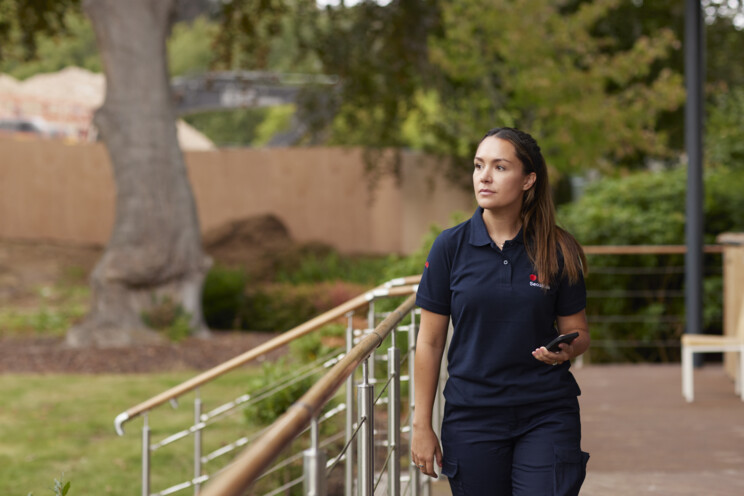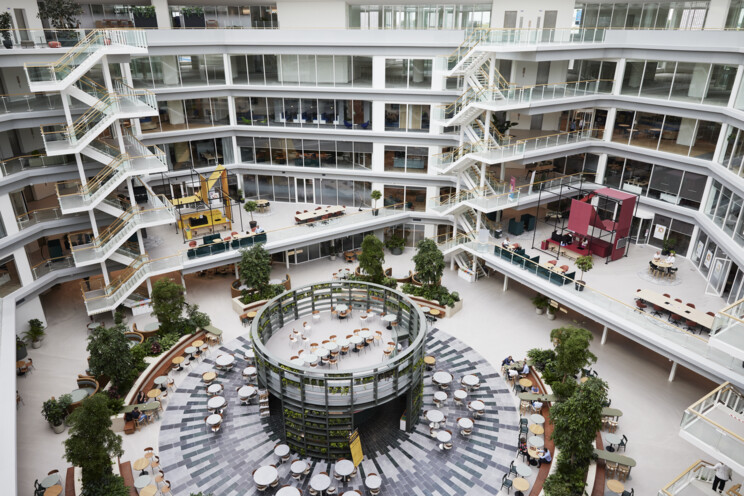Episode summary
In this episode, Mikael Mikaelsson, a policy fellow from the Stockholm Environment Institute, shares how companies and people can adapt to climate change. We also explore the interconnected nature of climate impacts across borders – the so-called transboundary climate risks – as we understand our own role in saving the planet.
Tune in now for this insightful conversation about climate adaptation and how to safeguard a more resilient world.
Why listen
Climate adaptation is a critical component of the global response to climate change. It aims to protect people, livelihoods, and ecosystems by altering lifestyles, processes, governance, and infrastructure.
5 key takeaways
- Climate change is a pressing issue, and everyone has significant responsibility and potential to shape the present and future.
- Climate action is divided between mitigation and adaptation. The former is about minimizing and trying to avoid the impacts of climate change; the latter is about managing and dealing with the impacts happening right now.
- Understanding what we are adapting to is important: Doing risk analyses and understanding the different scenarios of climate change is a pre-requisite of any adaptation.
- Transboundary climate risks refer to the impact climate hazards can have across borders, continents, and oceans.
- Mikael shares that climate action is an investment, and governments, individuals, and companies can make the difference by adapting to climate change.
Listen to the podcast episode on Spotify





